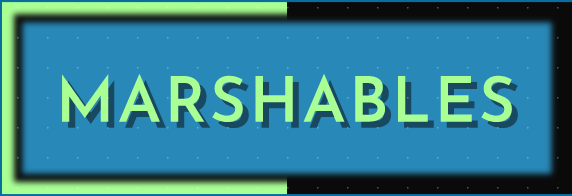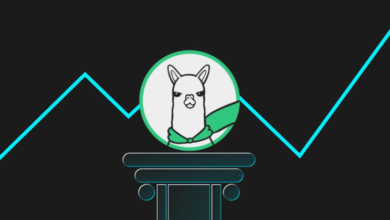How to Read Forex Charts: A Comprehensive Guide

The world of foreign exchange (Forex) trading is replete with opportunities and risks alike. To navigate this complex realm, traders heavily rely on visual tools known as Forex charts. If you’re new to the Forex world, understanding these charts can seem daunting, but with the right guidance, it becomes an achievable feat. This article offers a deep dive into how to read Forex charts, ensuring you’re equipped with the essential knowledge to start trading.
What are Forex Charts?
Forex charts represent the price movements of different currency pairs over specific periods. They provide a graphical display, allowing traders to analyze market trends, make predictions, and devise strategies accordingly.
Types of Forex Charts
There are primarily three types of Forex charts:
- Line Charts: The simplest form, it plots closing prices over specific intervals, connecting them with a single line.
- Bar Charts: Composed of vertical bars representing a particular time frame. Each bar shows the opening, closing, high, and low prices of a currency pair.
- Candlestick Charts: The most popular type among Forex traders. Each candlestick depicts the open, close, high, and low prices. A filled (or colored) candlestick indicates a closing price lower than the opening price, while an empty (or differently colored) candlestick indicates a closing price higher than the opening price.
How to Read Forex Charts
Understanding the anatomy of a Forex chart is essential. Here’s a step-by-step guide on how to read Forex charts:
- Time Frame: Usually found at the bottom, this determines the length of time each point or candle represents. It can range from one minute (M1) to one month (M1) or even longer. Your choice of time frame depends on your trading style.
- Price Axis: Found on the right, this vertical axis displays price levels. The chart’s price movement will show whether the currency pair is increasing or decreasing in value.
- Volume: Some charts incorporate volume bars at the bottom, indicating the number of units of a currency pair traded within a specific time frame.
- Candlestick Colors: If using a candlestick chart, understand the color code. Typically, a bullish candle (price closed higher than it opened) is colored white or green, while a bearish candle (price closed lower than it opened) is black or red.
- Patterns and Formations: As you grow familiar with Forex charts, you’ll recognize specific patterns, like ‘Head and Shoulders’, ‘Double Tops and Bottoms’, or ‘Triangles’. These patterns can hint at potential future price movements.
Indicators and Tools
Many traders overlay their Forex charts with technical indicators to aid decision-making. Some popular ones include:
- Moving Averages (MA): It averages out prices over a specific period, helping to smooth out price volatility and identify trends.
- Relative Strength Index (RSI): This gauges the speed and change of price movements, indicating overbought or oversold conditions.
- Fibonacci Retracement: A tool that identifies potential support and resistance levels based on historical price data.
Final Thoughts
Mastering the art of reading Forex charts is a continuous journey. With consistent practice and a keen eye for detail, you can cultivate the skill to interpret chart movements and anticipate potential market shifts.
The world of Forex offers unlimited potential, and understanding its visual language through charts is your first step towards trading success. So, the next time you hear someone ponder on how to read Forex charts, you’ll not only know the answer but also appreciate the intricacies and nuances that come with it.




